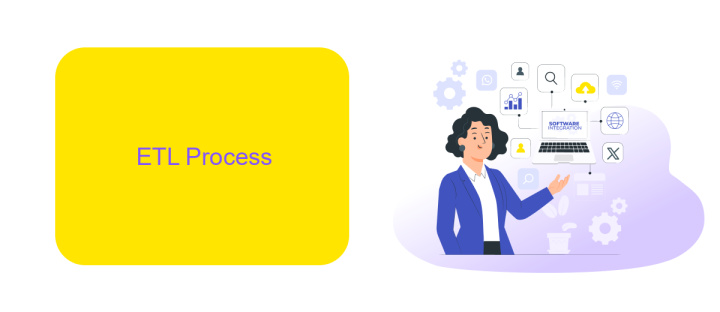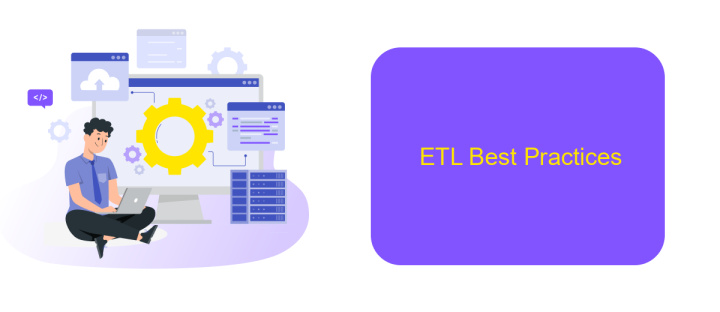ETL Architecture in Data Warehouse
ETL (Extract, Transform, Load) architecture is a cornerstone of data warehousing, facilitating the seamless integration and management of data from diverse sources. This process involves extracting data from various origins, transforming it to fit operational needs, and loading it into a centralized data warehouse. Understanding ETL architecture is crucial for optimizing data flow, ensuring data quality, and enabling insightful analytics.
ETL Overview
ETL (Extract, Transform, Load) is a critical process in data warehousing that involves extracting data from various sources, transforming it into a suitable format, and loading it into a data warehouse. This process ensures that data is clean, consistent, and ready for analysis.
- Extract: Data is collected from different sources such as databases, APIs, and flat files.
- Transform: The extracted data is cleaned, enriched, and transformed to match the schema of the target data warehouse.
- Load: The transformed data is loaded into the data warehouse for further analysis and reporting.
Effective ETL processes are essential for maintaining data integrity and providing accurate insights. Tools like ApiX-Drive can streamline the integration process by automating data extraction from various APIs, thereby simplifying the ETL workflow. Utilizing such services can significantly reduce manual effort and improve the efficiency of data handling in a data warehouse environment.
ETL Process

The ETL process in a data warehouse involves three critical stages: Extraction, Transformation, and Loading. During the extraction phase, data is collected from various source systems, which can include databases, APIs, or flat files. This step is crucial as it ensures that the data is gathered in a consistent and reliable manner. Tools like ApiX-Drive can be used to automate the extraction process, making it easier to integrate different data sources seamlessly.
In the transformation phase, the extracted data is cleansed, formatted, and enriched to meet the requirements of the target data warehouse. This step may involve data validation, aggregation, and applying business rules to ensure data quality and consistency. Finally, during the loading phase, the transformed data is loaded into the data warehouse, where it becomes available for analysis and reporting. Efficient ETL processes are essential for maintaining the integrity and accuracy of data within the data warehouse, enabling organizations to make informed decisions based on reliable data.
ETL Tools

ETL tools are essential for efficiently managing the extraction, transformation, and loading of data in a data warehouse. These tools help streamline the integration of data from various sources, ensuring that the data is clean, accurate, and ready for analysis.
- Apache Nifi: A robust data integration tool that supports real-time data flow and transformation.
- Talend: An open-source ETL tool known for its extensive connectivity and ease of use.
- Informatica PowerCenter: A widely-used ETL tool that offers high performance and scalability.
- ApiX-Drive: A service that simplifies the setup of integrations between different applications, making ETL processes more efficient.
- Microsoft SSIS: A powerful ETL tool that integrates seamlessly with Microsoft SQL Server.
Choosing the right ETL tool depends on various factors, including the complexity of data sources, transformation requirements, and scalability needs. Tools like ApiX-Drive can significantly reduce the time and effort required to set up and manage integrations, making them a valuable addition to any ETL architecture. By leveraging these tools, organizations can ensure their data is reliable and accessible for decision-making processes.
ETL Best Practices

Implementing best practices in ETL (Extract, Transform, Load) processes is crucial for ensuring data integrity, performance, and scalability in a data warehouse. One key practice is to design ETL workflows that are modular and reusable, allowing for easier maintenance and updates. Each module should perform a specific function, such as data extraction, transformation, or loading, and be independently testable.
Another important aspect is to maintain robust error handling and logging mechanisms. This ensures that any issues during the ETL process are promptly identified and resolved, minimizing downtime and data inconsistencies. Additionally, scheduling ETL jobs during off-peak hours can help optimize system performance and resource utilization.
- Automate ETL processes to reduce manual intervention and errors.
- Use incremental data loading to minimize data transfer and processing time.
- Leverage data validation checks to ensure data quality.
- Implement data lineage tracking to maintain audit trails and compliance.
- Utilize integration services like ApiX-Drive for seamless data connectivity.
Finally, regularly monitor and optimize ETL performance by analyzing system metrics and identifying bottlenecks. Continuous improvement and adaptation to changing data requirements will help maintain an efficient and reliable ETL architecture in your data warehouse.
- Automate the work of an online store or landing
- Empower through integration
- Don't spend money on programmers and integrators
- Save time by automating routine tasks
ETL Future Trends
The future of ETL architecture in data warehousing is poised to be shaped by advancements in automation and artificial intelligence. As organizations strive for more efficient data management, AI-driven ETL tools will become increasingly prevalent, enabling real-time data processing and reducing the need for manual intervention. These tools will not only streamline the extraction, transformation, and loading processes but also enhance data accuracy and consistency, thereby driving more informed decision-making.
Moreover, the integration of cloud-based services will continue to transform ETL workflows. Platforms like ApiX-Drive will play a crucial role in simplifying data integrations across various applications and systems. By providing user-friendly interfaces and automated workflows, such services will empower businesses to seamlessly connect disparate data sources without extensive technical expertise. As a result, the future of ETL will be characterized by greater accessibility, scalability, and agility, allowing organizations to adapt swiftly to evolving data needs and market conditions.
FAQ
What is ETL in the context of Data Warehousing?
Why is ETL important in Data Warehousing?
What are the common challenges in ETL processes?
How can ETL processes be automated?
What are the best practices for ETL architecture?
Time is the most valuable resource for business today. Almost half of it is wasted on routine tasks. Your employees are constantly forced to perform monotonous tasks that are difficult to classify as important and specialized. You can leave everything as it is by hiring additional employees, or you can automate most of the business processes using the ApiX-Drive online connector to get rid of unnecessary time and money expenses once and for all. The choice is yours!


